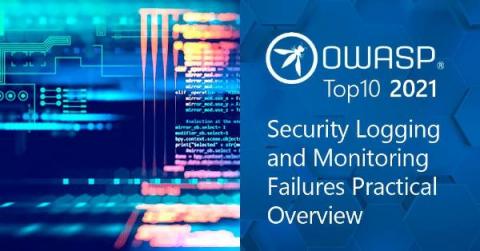OWASP Top 10: Insufficient Logging & Monitoring Security Vulnerability Practical Overview
Insufficient Logging and Monitoring differs somewhat from the previous 9 risks. While it cannot lead to a direct intrusion, this risk is that you fail to detect the intrusion in a timely manner, a failure that can cost millions.











